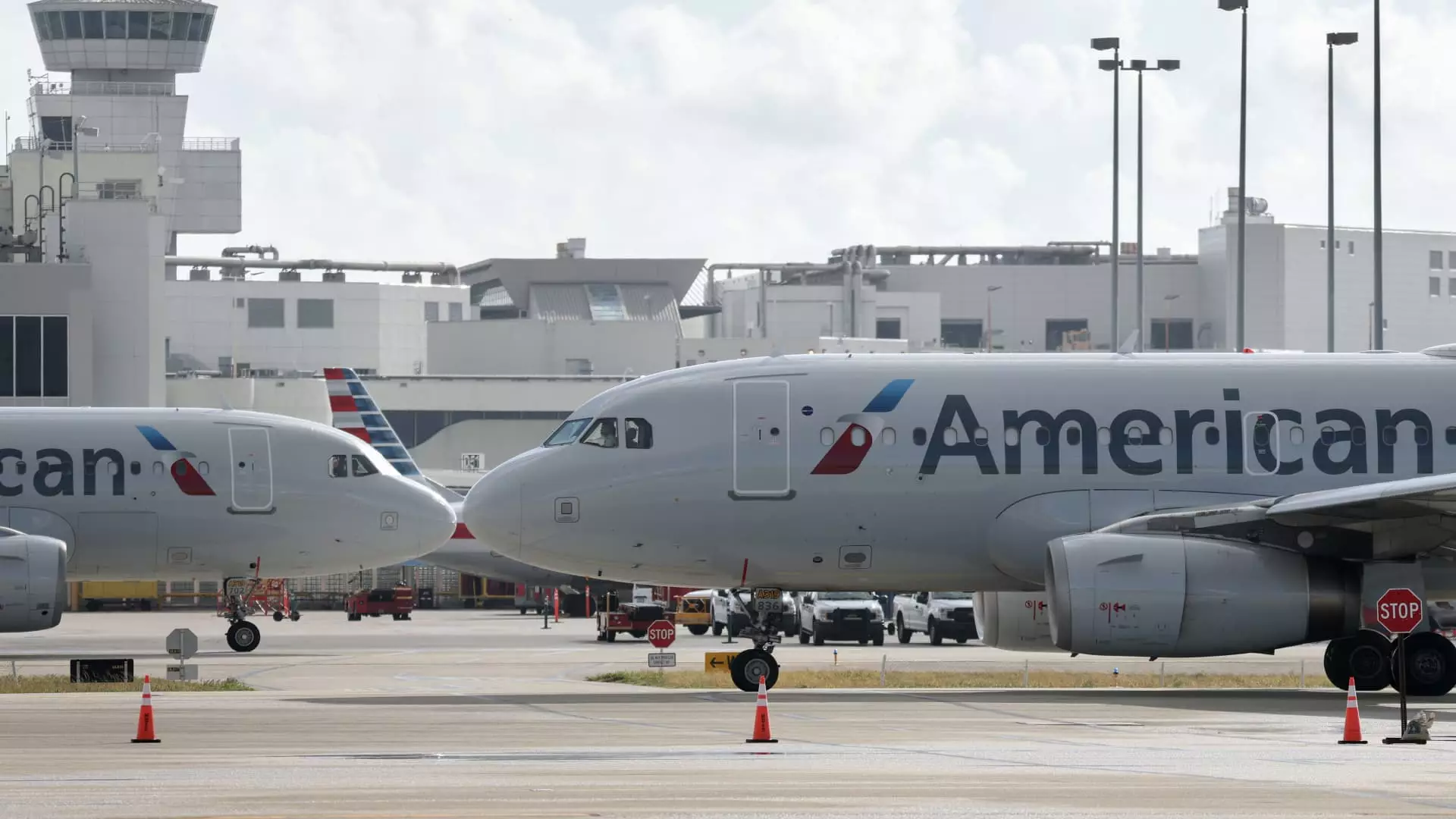American Airlines finds itself at a pivotal moment, as recent financial forecasts reveal a sobering reality: the company’s outlook has dimmed significantly since the year’s outset. The decline in projected profits not only rattles investor confidence but also exposes underlying vulnerabilities within consumer demand and operational resilience. Unlike its larger peers, American appears more exposed to domestic market fluctuations, underscoring its need to reassess strategic priorities urgently. The carrier’s decision to cut capacity growth signals recognition that overexpansion amid weak demand could aggravate its financial strains rather than alleviate them.
Consumer Weakness and External Disruptions
The core issue confronting American Airlines revolves around declining consumer strength which, according to CEO Robert Isom, remains a persistent obstacle. Turbulence earlier this year—marked by storms and operational hiccups—exacerbated the carrier’s challenges. Nonetheless, the root problem extends beyond the weather; it highlights a fragile consumer economy and hesitations surrounding discretionary travel. The variance between domestic and international demand reflects shifting traveler preferences, with many U.S. travelers opting to venture abroad, leaving domestic routes underutilized. This trend grimly underscores that even in a rebound scenario, American must contend with a fundamental mismatch in its revenue-generating segments.
Market Sentiment and Future Outlook
Despite some signs of stabilization, American’s revised 2025 forecasts paint a worrying picture for shareholders. Projected losses point to an earnings climate far worse than initial optimistic projections, which envisioned robust growth. This change reveals a crucial disconnect between the airline’s expectations and the economic realities shaping travel behavior. While other carriers like Delta and United have also tempered their outlooks, American’s forecast reflects a higher degree of vulnerability—potentially due to its more domestic-centric business model. The company’s cautious stance suggests it recognizes that without a swift turnaround in the domestic demand cycle, recovery could be prolonged and fraught with uncertainty.
Implications for Investors and Industry Dynamics
Investors should approach American’s current trajectory with a critical lens. The airline’s second-quarter numbers, which beat expectations despite the looming forecast downgrade, hint at underlying strength but also expose fragility. The drop in passenger revenue per available seat mile domestically indicates that pricing power is waning, which could have lasting impacts if consumer confidence remains subdued. American’s recalibration on capacity growth and earnings forecasts signals a strategic pivot—yet the question remains: will these measures be enough to restore confidence, or are they merely delaying what could become a more profound restructuring? As the industry grapples with volatility, American Airlines must not only navigate external headwinds but also scrutinize its internal inefficiencies. Only then can it hope to reinvent itself in a way that sustains growth and regains investor trust.


Leave a Reply